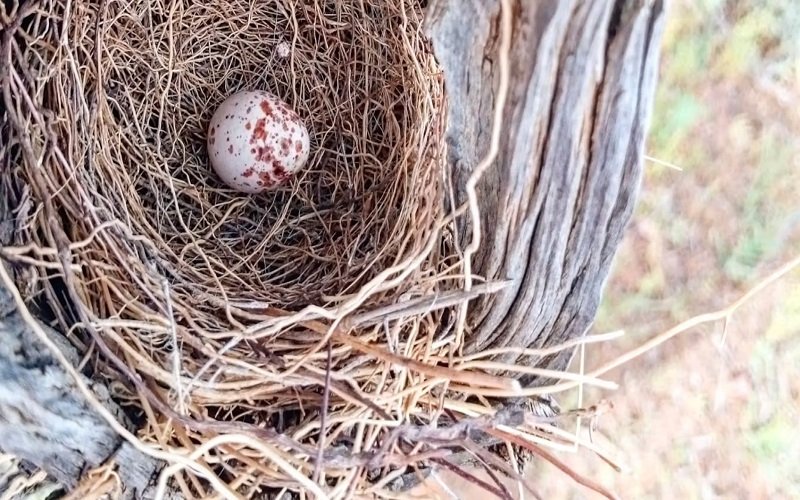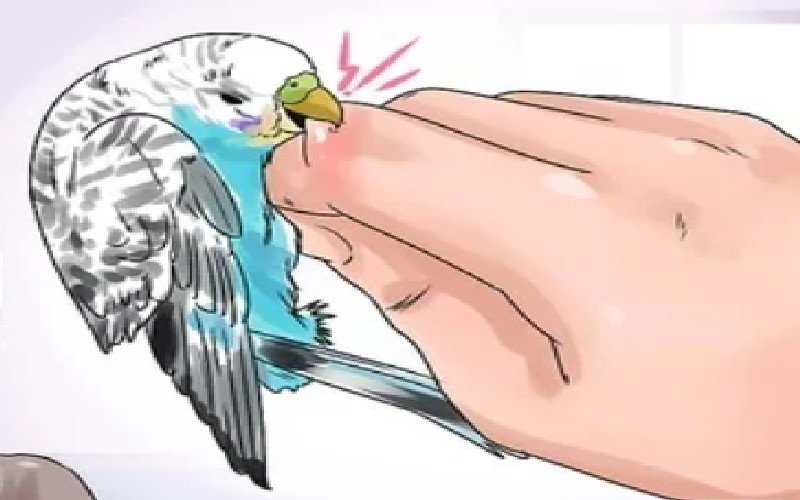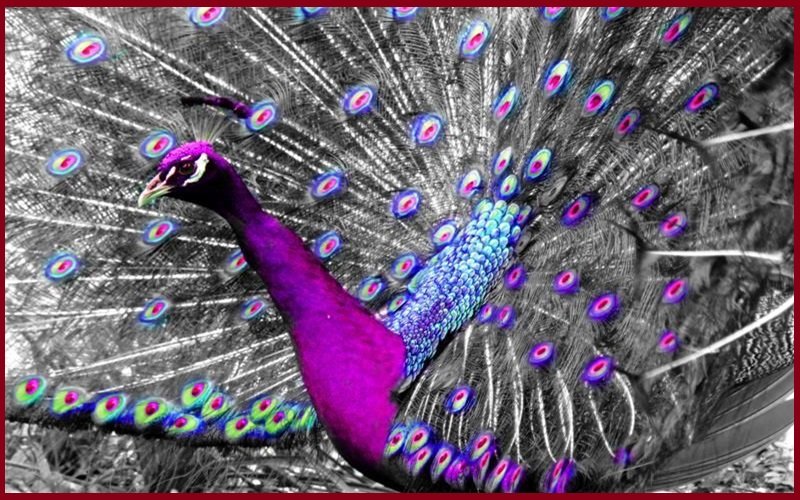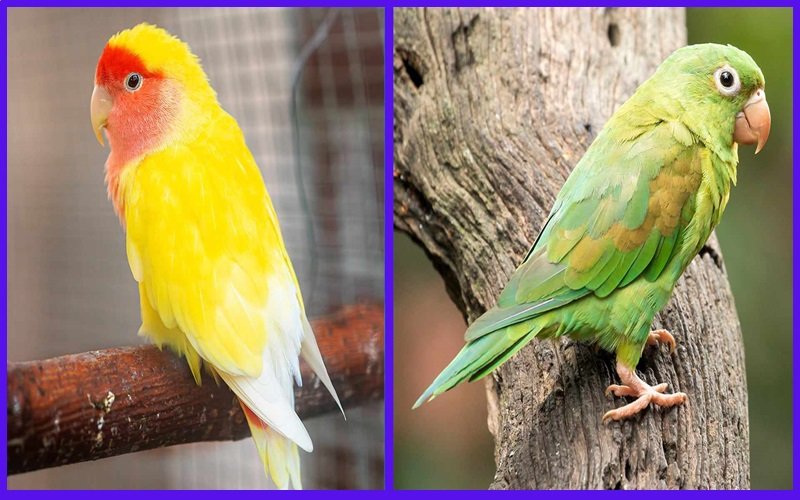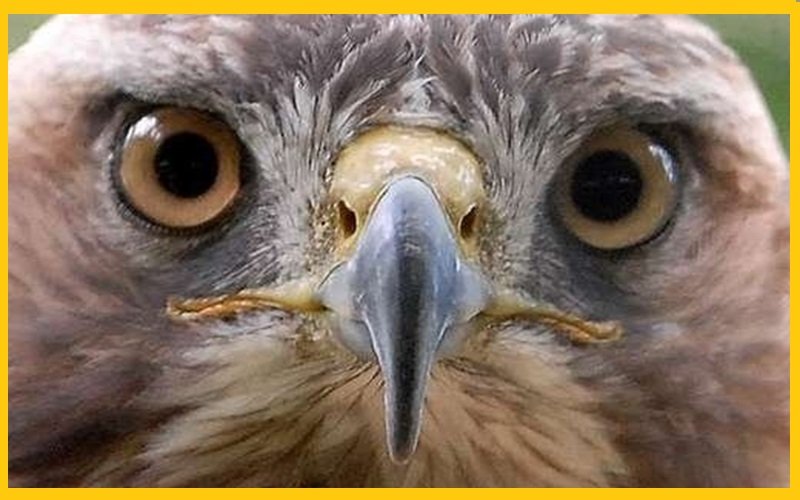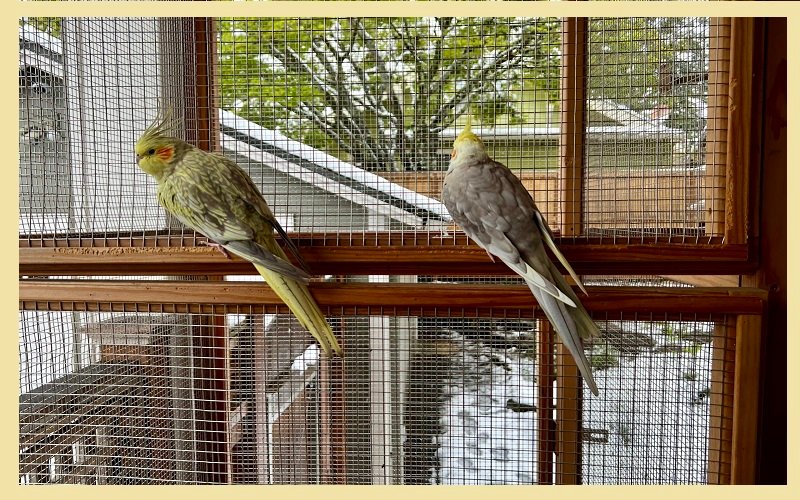Birds transporting their eggs is one of the significant behaviors that you will witness if you are a bird owner or enthusiast.
However, this egg-moving behavior is influenced by various factors, such as nest quality and predation risk.
In this article, I will overview bird egg-moving behavior, their different approaches to doing so, the concept of moving eggs, and the actual truth behind it. So, let’s delve into the bird’s egg-moving behavior.

How Do Birds Move Their Eggs?
Birds don’t have hands or fingers like humans, which will help them move their eggs. Nonetheless, they use their beaks or bills, feet, roll-on methods, and holding methods for moving eggs from nest to nest or within the nest.
Different Ways of Birds’ Egg Movement
Carrying eggs in bills
Some bird species use their significant bills to carry their eggs to different locations, which are safer and more secure than their past residences.
Various birds with large bills, like seabirds, carry multiple eggs simultaneously while moving those eggs.
Carrying eggs in feet
Some birds carry their eggs on their feet and move from one nest to another for various purposes. Birds like plovers and sandpipers tend to carry their eggs on their feet.
Rolling the eggs:
A number of birds move their eggs or roll their unhatched eggs to ensure a successful hatching. They also roll their eggs to distribute the incubated heat properly within the eggs, balancing the temperature inside.
Holding the eggs:
Some birds tend to hold the eggs with their feet until they hatch, covering their feet to keep the eggs to themselves.

The Concept of Egg Moving
Birds moving their eggs depends on various reasons and sectors. While moving the eggs, birds tend to have moving behavior like pre-laying.
Birds become more restless during this time. Female birds often sing or call their mates to ensure their safety.
They are also involved in restructuring their nests and marking their territory again to ensure their security. Sometimes birds kill or eat their eggs if they doubt they will not have a successful hatching from those eggs.
That is why they tend to destroy their own eggs if they think re-nesting will not work. However, birds have many reasons for moving their eggs.
They might protect their nests from predators or want to transfer equal heat to all the eggs. Thus, they move or roll their eggs so that each egg has an equal temperature.
Similarly, their eggs’ moving process also reduces pathogens from infecting other eggs. Some bird species, like penguins, use their bills to move their eggs from one place to another.
They mostly do a very skillful job. Like Gouldian finches, other birds always swap their eggs with other nests to spread their genes.
By doing this egg-moving behavior, they balance their diversity and nature’s ecosystem. Furthermore, Cuckoo birds are famous for laying their eggs on other birds’ nests.
This behavior increases the tendency of parenthood among birds. Thus, this adaptation technique helps other species engrave parental responsibility within themselves.

The Truth About Egg Moving
So far, we have learned about how birds move eggs and the concepts behind it, such as their behavior and reasons.
Now, let’s discuss what scientists have said about birds’ egg-moving behavior. They have found that such behavior might be influenced by their genetics, or it might be necessary to find a secure and safe place or to have a successful hatching.
Furthermore, reporters have found that Chickadee birds tend to move eggs every half-hour gap. Swan birds also roll the eggs to maintain the eggs’ temperature and successfully complete the incubation process.
Eagles also move their eggs, rotating them a few hours later. A few birds also have some post-behavior symptoms.
These birds try to protect the environment from predators by raising their young here.
When birds lay eggs, they also measure the potential threat around them. They try to ensure the security of their surroundings so that the next generation can grow without threats or predators.
However, they also move their eggs to ensure their successful heat or warmth. Researchers also found that birds sometimes vocalize or defend their territory and nesting sites during this post-laying egg-moving behavior time.
Another study has found that birds sometimes sacrifice their own eggs if those eggs have already been discovered by predators.
Sometimes, birds change or move eggs because of the influence of environmental factors. If birds sense that the weather or the environment is not a suitable place for their chick to raise, they change their location.
Besides environmental humidity and temperature, both are the main factors that cause birds’ egg-moving behavior.
Researchers have found that 20 to 25° C humidity levels are required for optimal conditions. Ostrich eggs also need a higher optimum, around 30 to 35° C, with lower humidity.
Another factor that influences a bird’s egg movement is the condition of its nest and nesting sites. Researchers have claimed that various nests can be oriented to affect each egg successfully.
For example, nests built on the ground in an open place without any shelter might be a place where predators notice.
On the other hand, birds’ nests situated on the branches of trees or at a higher level from the ground are less likely to be spotted.
The predator’s attacks are even more minimized if the nests are inside bushy areas or covered with dense trees and branches.
Conclusion
Moving their eggs is one of the genetic behaviors of birds, for various reasons. Birds move their eggs to secure a place with a balanced environment, ensure successful hatching with healthy chicks, and maintain the heat process during incubation time.
Thus, we can contribute by understanding their eggs’ moving behavior, which will help them lead a healthy, balanced, and protective life span.

